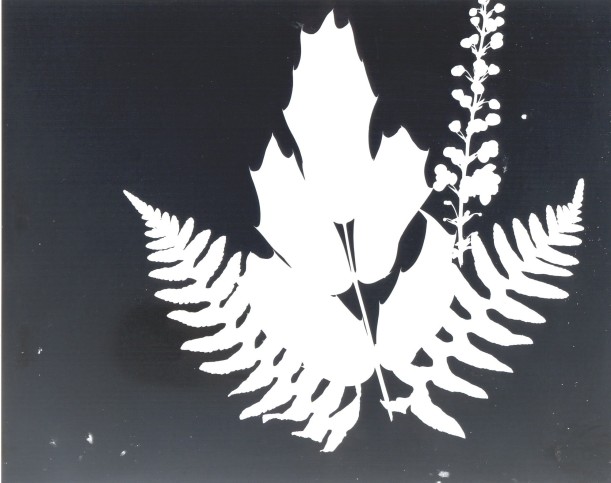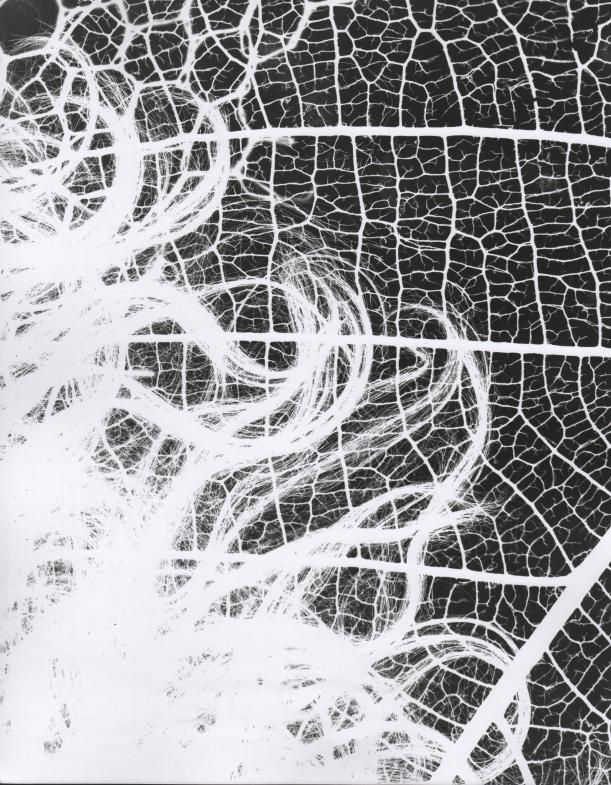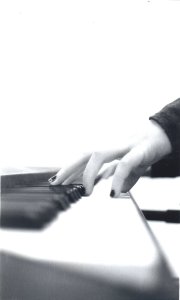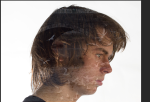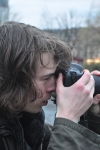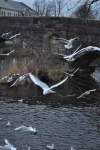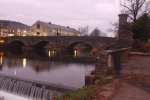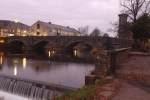Preparation.
We will have the opportunity to use a white background and flash lighting (a typical photo studio) to take pictures under the given brief – “Personality”:
My theme – Moods/emotion while including nature.
Minimum – 30 good photos. Final of 10.
Maximum – non.
Time period – 1hr > Last min change = half an hour.
Ideas:
– Portraits in studio which i will later edit to create multiple exposures.
– Bring in film camera to do un-edited multiple exposures.
-Project imagery onto the white background, over lapping on people.
-To show the emotion of anger, maybe someone smashing things.
-To show someone being upset get the model with make up on so they look beaten up. (Can anyone cry on demand?).
Research:
-How to take flash strobe photos.
-Double exposures digitally and manually.
-Check with Barry about smashing things. Will this include a risk assessment? Others want to do it too, will this make it more likely to happen? Bring ‘Steve’.
-Watch ‘Worlds end Dancehall – Juby Phonic – P feat. ham.’. I’m going to be playing “Luken” for Leah’s photography.
-Bring flute, mic, guitar for Amber.
-Bring white and black clothes for Sams photos.
Inspiration:
This slideshow requires JavaScript.
Photography fail:
Firstly, the bulb for the light needed changing but we didn’t notice, so wasted time on settings before getting it replaced.
Secondly, we couldn’t get my camera to work with the light set up. Settings didn’t work at all and images were coming out really dark. So I changed to a college camera.
I still couldn’t get the camera settings working, so I asked for help:
After just about getting there, the camera died and I had run well over my 30min time slot. Quiet angered, I cleaned up some leaves with a dodgy broken broom and pretended to be a dead person for Sam’s photo shoot.
After this, I grabbed Vin and set up another college camera.
We nearly got there with the settings this time, but things still went topot. After accidentally setting a stupidly long shutter speed (the last image) we decided to walk away and get lunch.
These, if any, I’ll hopefully be able to work with for now:

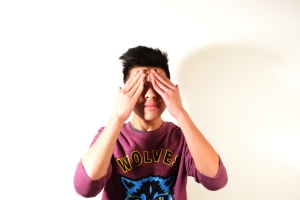

Plan to fix my predicament –
Setting up white back drop at home with stage lighting (stuff we have, so it may be possible to pull off),
Take some out-door pictures of nature in the mean time
I went to a friends house and asked her to act out some different emotions. I wanted to use these to create double exposures related to the theme “Nature and emotions”:

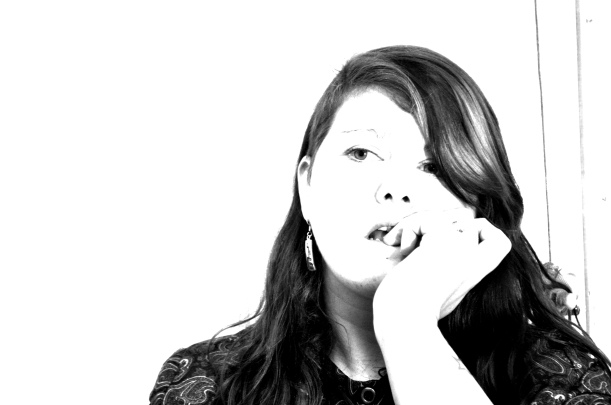
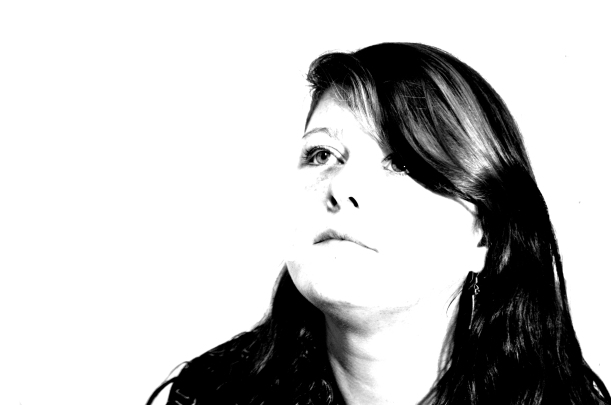

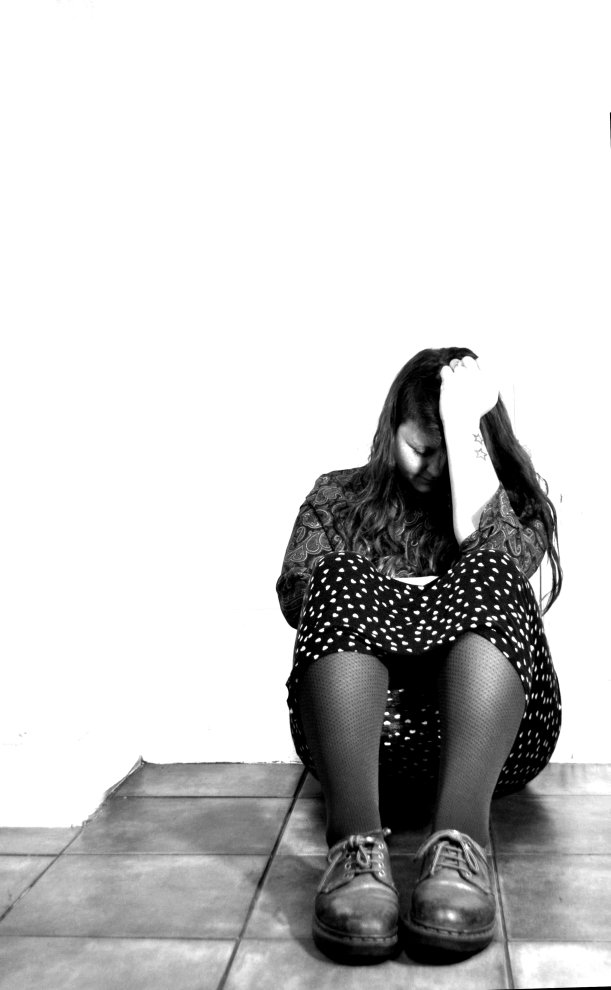
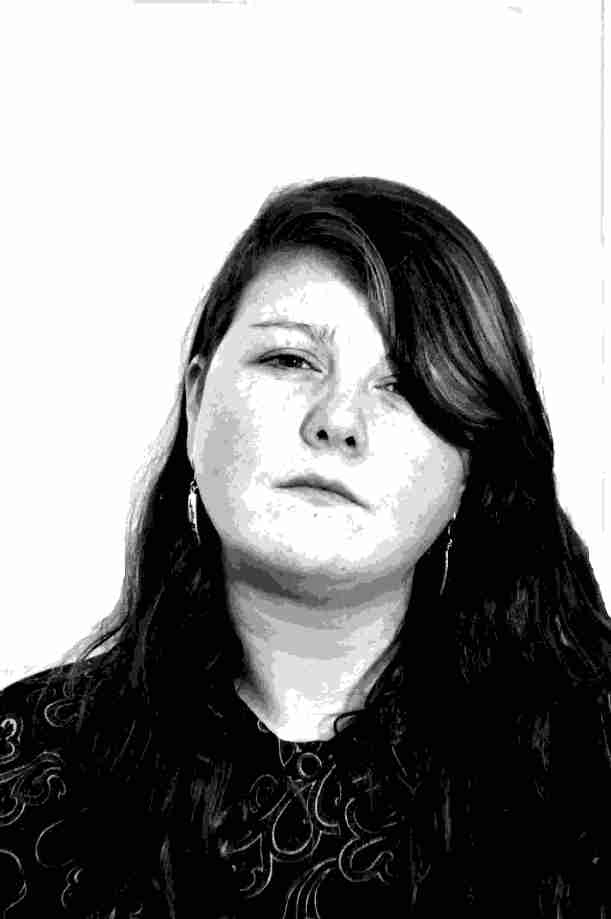
Using these pictures I tried creating double exposure edits:

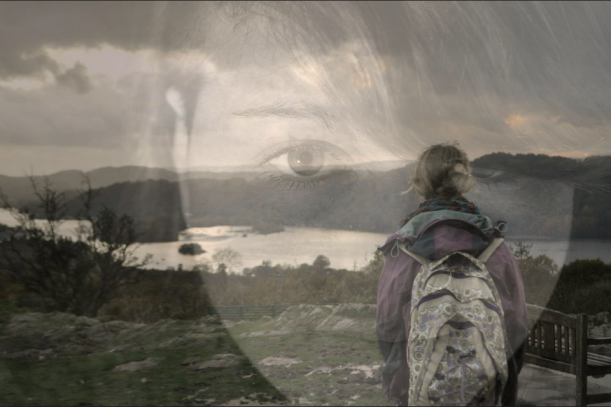




























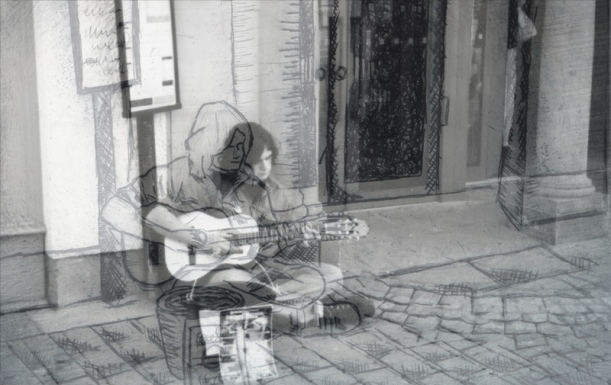








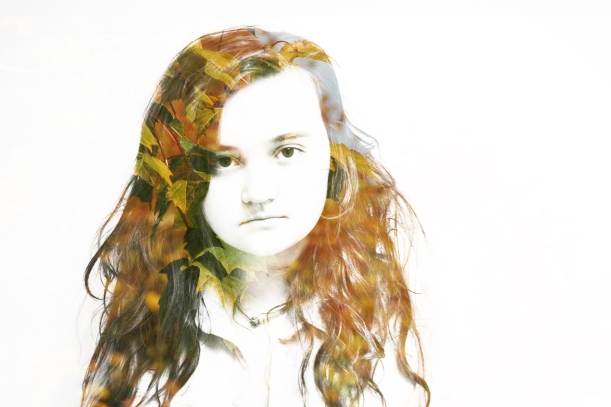






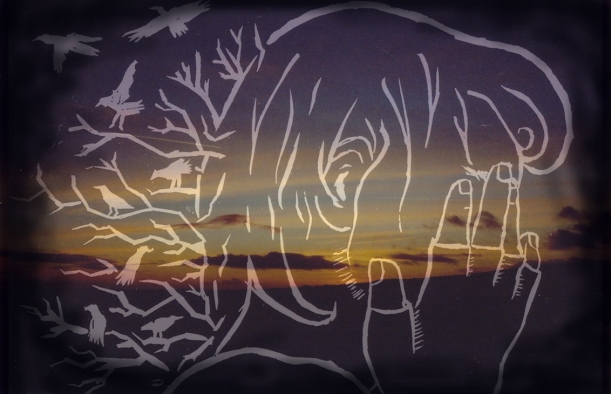
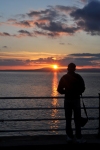

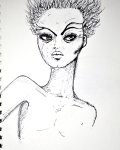





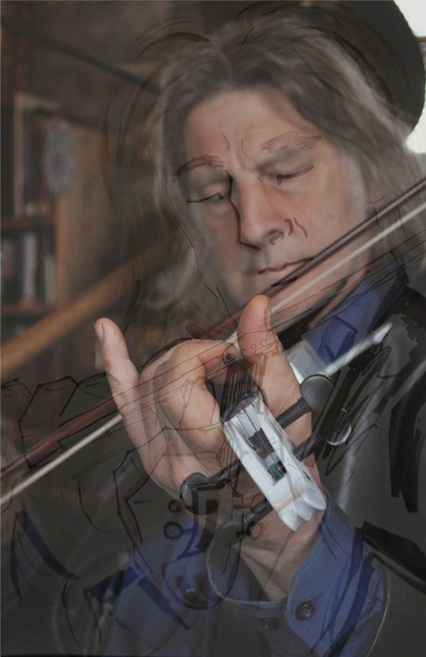



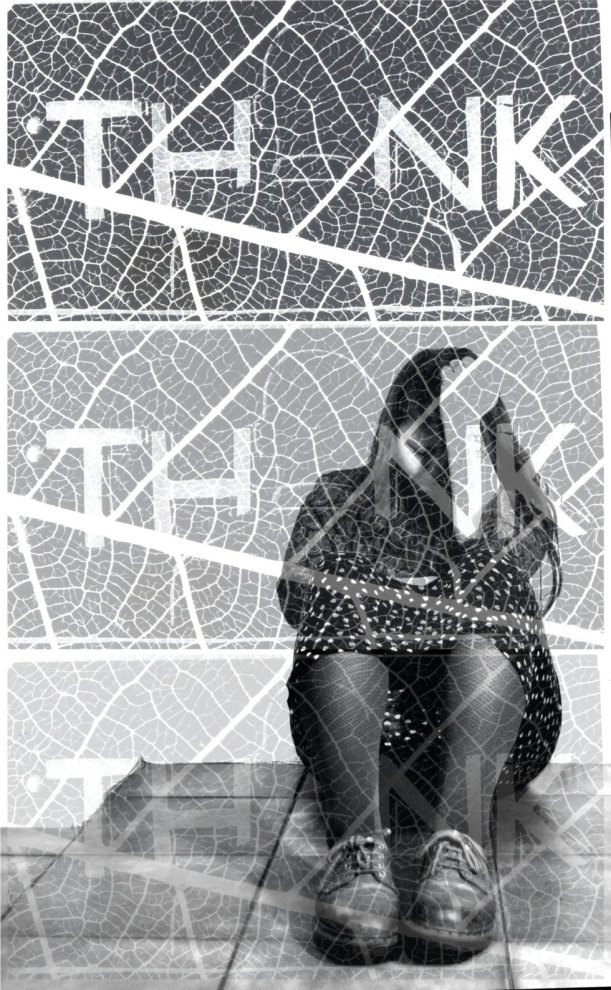





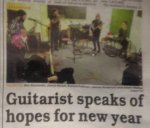
















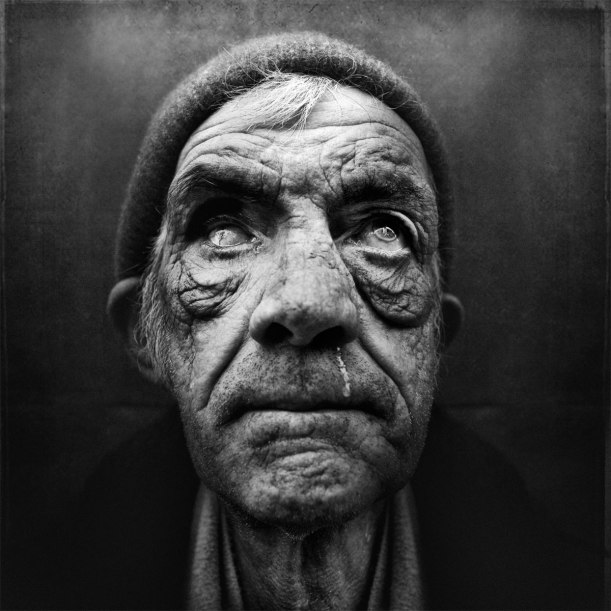




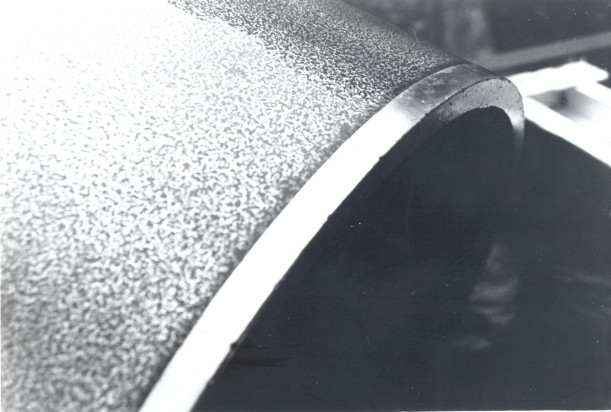
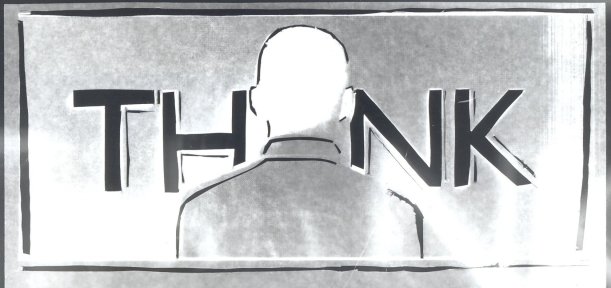

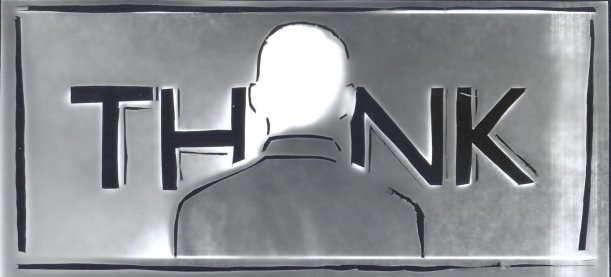


 Two images edited together:
Two images edited together: